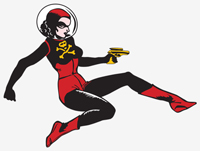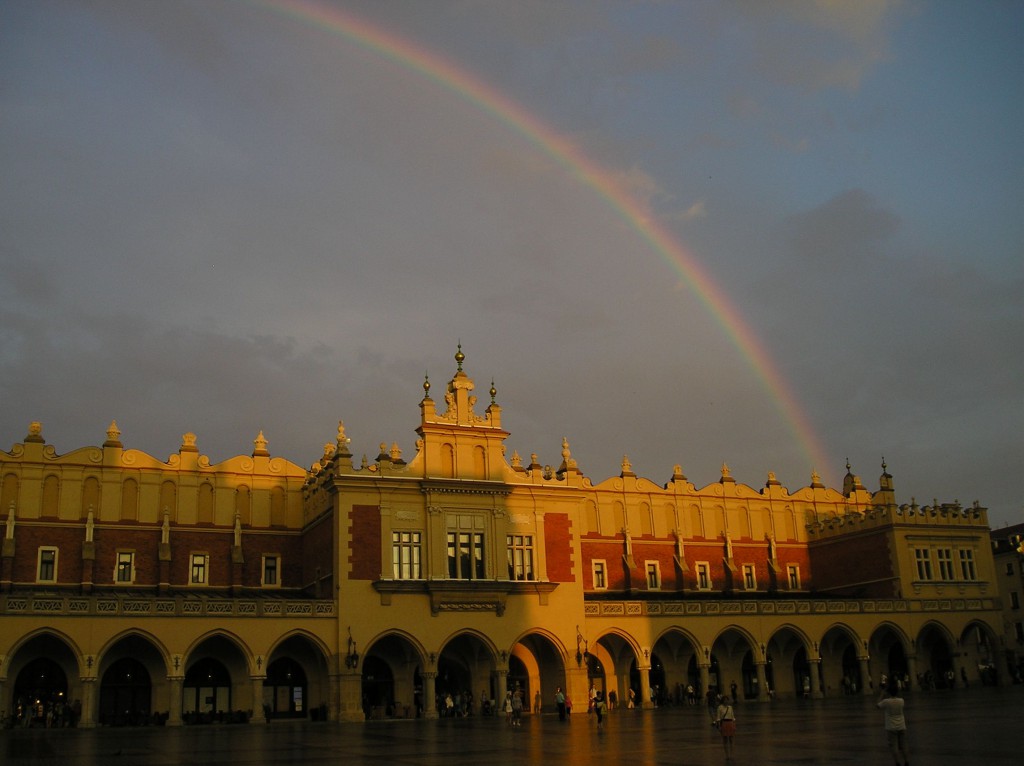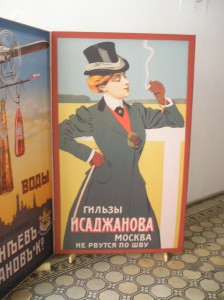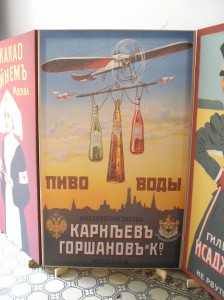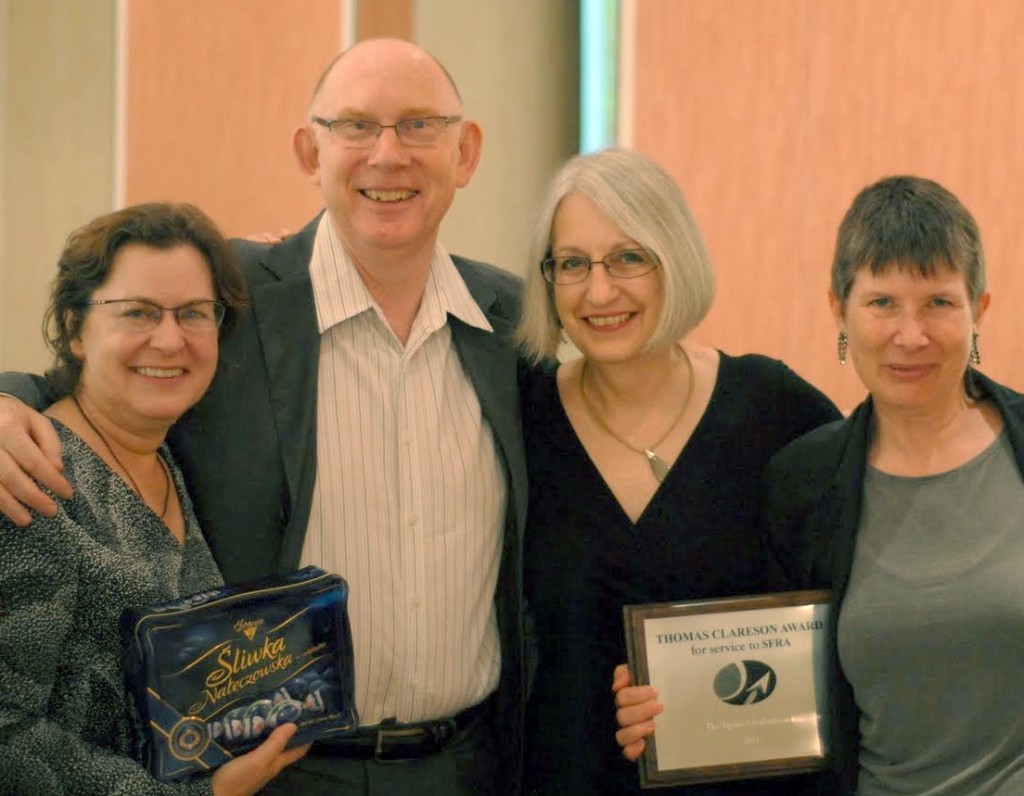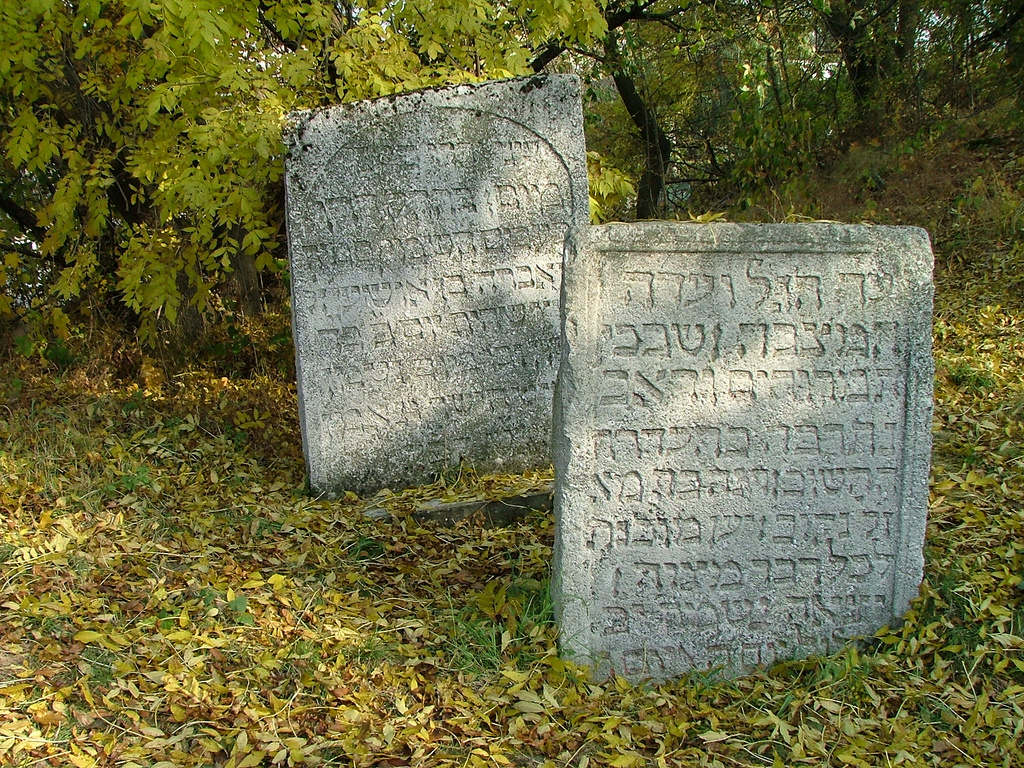You made your choice — which may say more about you than about us. One way or the other, we reached the train station, and that’s a good thing.
Being savvy travelers, we asked for the platform number when we bought our tickets to Lublin. By asked, I mean we scrawled the word peron (Polish for “platform”) in a notebook and slid it through the opening in the ticket window like bank robbers.
Why this approach? Why didn’t we simply sound out the Polish words? Before leaving for Poland, I had consulted the website How to Pronounce Polish Words. According to that site: Once you learn how to pronounce the 32 letters of the alphabet and the digraphs above, reading Polish will become very simple and straightforward.
The beginning of that sentence is deceptively optimistic: Once you learn…. As if this accomplishment were simple and could be taken for granted.
The Poles are very enthusiastic about diacritical marks. Using diacritical marks, they have created nine Polish letters, each with its own corresponding sound. These letters and these sounds are not used in English. The letters in question are ą ć ę ł ń ó ś ź ż.
How to Pronounce Polish Words has many warnings for the hapless foreigner who tries to sound out Polish words. Take, for example, the letter ę. How to Pronounce advises caution with this letter, saying “This sound is absolutely impossible for a foreigner to comprehend unless they hear it in person… it starts like the English “eh” and ends with an “wwww” sound with a thick French accent (please ask a Polish speaker to pronounce it for you to learn it correctly)”
Hmmm. Do you wonder that we decided to make liberal use of the written word?
The woman at the ticket window scrawled a number on a paper and we were filled with confidence as we lugged our suitcases down a broken escalator to platform number one.
A word here about escalators. A broken escalator, as you may know, is a bit like funhouse stairs. The steps are not a consistent height and you walk on them with trepidation, never sure that they will remain still. People walking on stationary escalators have an odd sense of imbalance and dizziness that neuroscientists have dubbed the “broken escalator phenomenon. ” Yes, that really is what researchers call it. In Polish, that would be “złamane zjawisko ruchomych schodów.” Good luck pronouncing it.
But I digress. Meanwhile, back on the platform at the Warsaw station, we noticed that two other travelers were waiting — a mother and son, by the look of them. Being friendly Americans, we asked them where they were going. They too were going to Lublin.
This exchange of information was conducted with limited English on their part and absolutely no Polish on our part. It was a cordial communication, with many smiles and nods.
We waited on the platform, sure that we were in the right place. But then another traveler came along, and exchanged a few words with the mother.
The mother looked alarmed. She and her son grabbed their luggage and gestured for us to follow them up the broken escalator to the walkway over the tracks and then back down another (also broken) escalator to platform #2.
We waited on platform #2 while the mother conferred with a few people in Polish. Then she smiled and shrugged and went back up the (still broken) escalator and back down the original broken escalator to platform #1. We followed, lugging our suitcases and looking about like nervous cats.
And then, as you might expect (as indeed we did expect), a train pulled into platform #2 and our native guides dashed back up the broken escalator and down the broken escalator to reach the train just in time.
What next? Make your choice:
Option one: We tried to follow our guides, but were slowed by those pesky suitcases. While we were on the walkway above platform 2, the train began to pull out of the station.
Unwilling to miss an important academic conference, Karen flung her bag over the railing and leapt onto the moving train. Not to be outdone, I followed, abandoning my heavy bag. Having perfected her technique while watching Emma Peel in the Avengers, Karen landed successfully. I landed, but slipped. Catlike in her reflexes, Karen grabbed my hand and saved me from certain death beneath the wheels of the train.
Option two: We ran down the escalator and reached the train in plenty of time.
Before you make your choice, here are some questions to consider:
Do you think Karen really learned this skill from watching Avengers reruns? Is the Avengers even shown in Santa Cruz?
Is it really possible to run down a stationary escalator without tumbling head over heels to the amusement and concern of all onlookers? Have you tried it? Do you want to? Is it possible while carrying a heavy suitcase and cursing about diacritical marks?
